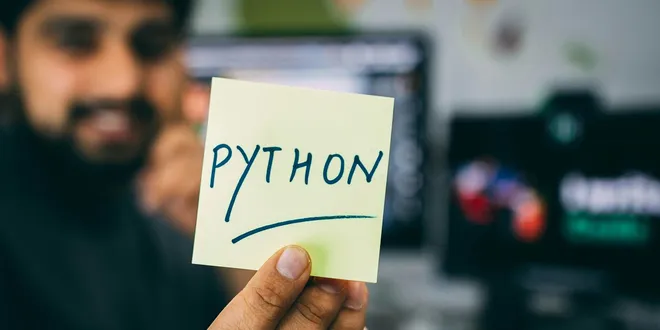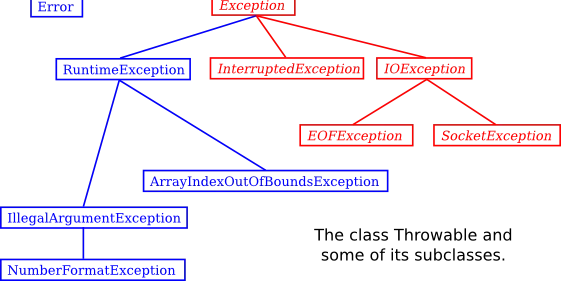Try Except Block
The try…except block in Python is a powerful feature used for error handling. It allows developers to write code that can gracefully manage exceptions, which are errors that occur during program execution. When a block of code is placed inside a try statement, Python attempts to execute it. If an error occurs, the control is transferred to the corresponding except block, where the error can be handled appropriately. This mechanism prevents the program from crashing and enables developers to provide meaningful feedback or alternative actions. Additionally, the try…except structure can include else and finally clauses for more control over code execution.

Python Try Except: Mastering Error Handling Like a Pro
Introduction to Python Try Except In Python, errors are called exceptions , and they occur when the interpreter finds something it cannot handle. By default, Python stops executing and reports the err...
📚 Read more at Python in Plain English🔎 Find similar documents

finally Block in Exception (JAVA)
To ensure that all the states of a program get executed, we are handling the exception by writing a try-and-catch block.There are some cases in which the statement after the catch block will not be ex...
📚 Read more at Javarevisited🔎 Find similar documents

Do Not Abuse Try Except In Python
Python try except block has been overused in many projects. Let the problem reveal. Python doesn't have e.printStackTrace() but can use traceback library.
📚 Read more at Towards Data Science🔎 Find similar documents

Stop Misusing Python Try/Except for Errors
Let’s talk about Python’s try/except. It’s a beautiful thing, really. A graceful way to handle errors without blowing up your app like a college student’s microwave popcorn experiment. But somewhere a...
📚 Read more at Python in Plain English🔎 Find similar documents

The Finally Block Won’t Always Execute!
If you wrap System.Environment.FailFast() in a try / finally , the finally block will not execute. This is because the process is terminated immediately. As far as I know this is the only time a try /...
📚 Read more at Level Up Coding🔎 Find similar documents

Hidden Functionality of Try and Accept Blocks in Python
image by Naveen Pandey If you code in Python than, you have probably already worked with a lot of try and except blocks. In this blog, we will explore some of the hidden functionality of these blocks....
📚 Read more at Python in Plain English🔎 Find similar documents

Try ... Catch ... Finally
The try { ... } catch ( ... ) { ... } control structure is used for handling Exceptions . String age_input = "abc"; try { int age = Integer.parseInt(age_input); if (age = 18) { System.out.println("You...
📚 Read more at Essential Java🔎 Find similar documents

17. Exceptions
Exception handling is an art which once you master grants you immense powers. I am going to show you some of the ways in which we can handle exceptions. In basic terminology we are aware of the try/e...
📚 Read more at Python tips🔎 Find similar documents

Try/Except Overkill: When Python Stops Trusting You
In Stop Using Try/Except Like a Trash Can , we cleaned up the dumpster fire that was your exception handling. You learned that catching every error and pretending it didn’t happen isn’t exactly what P...
📚 Read more at Python in Plain English🔎 Find similar documents

A PHP Pattern To Avoid Try/Catch Blocks Repetition
And keep them simple Photo by Bia Andrade on Unsplash A couple of days ago, I saw this YouTube short from a highly recommended YouTube channel that shows a very elegant way of dealing with try/catch ...
📚 Read more at Better Programming🔎 Find similar documents

Catching an exception with try-catch
An exception can be caught and handled using the try...catch statement. (In fact try statements take other forms, as described in other examples about try...catch...finally and try-with-resources .) T...
📚 Read more at Essential Java🔎 Find similar documents

Exceptions and try..catch
Section 8.3 Exceptions and try..catch G etting a program to work under ideal circumstances is usually a lot easier than making the program robust . A robust program can survive unusual or "exceptional...
📚 Read more at Introduction to Programming Using Java🔎 Find similar documents

